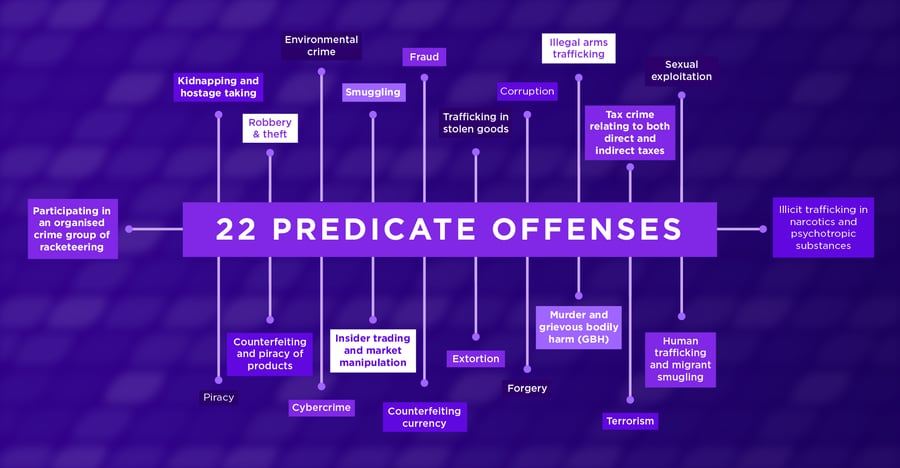While the 5th Anti-Money Laundering Directive (5AMLD) only came into effect in January 2020, change is already on the horizon. 6AMLD is designed to incentivise financial institutions and authorities to do more in the fight against money laundering by toughening criminal penalties for offences.
With the clock ticking, it is essential that all businesses who service European clients start preparing for the upcoming changes as soon as possible. In this guide, we highlight who needs to comply, the previous changes implemented in 5AMLD and what you need to know about 6AMLD.
